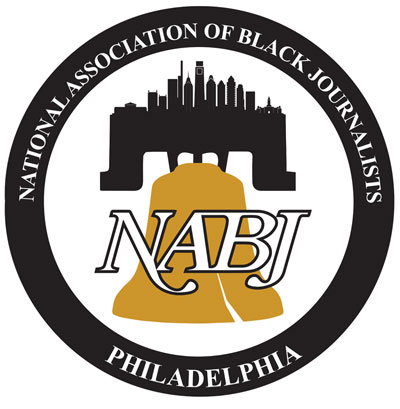ACEL MOORE: RECOLLECTIONS ON FOUNDING OF ABJ

Acel Moore was the second president of the ABJ for the years 1977 and 1978. He was interviewed in 2003 and subsequent years by Sherry L. Howard.
___________________________________________
Acel Moore joined the Philadelphia Inquirer as a clerk/copy boy in 1962 and became a reporter at the newspaper in 1968.
Moore, Chuck Stone and Claude Lewis sent out letters with their newspapers’ logos (Philadelphia Inquirer, Philadelphia Daily News and Evening Bulletin, respectively) to about three dozen reporters asking them to meet to consider forming a group. At the time, they had determined that there were about 120 Black journalists working in all media from Trenton, NJ, to Wilmington, DE.
Those who met named the organization the Association of Black Journalists, with Chuck Stone elected president. Artist Earl E. Davis of the Philadelphia Inquirer created the logo. In a 1974 press release, the ABJ noted that there were 76 working Black journalists in the Greater Philadelphia area.[1]“Black Journalists Form Association.” Philadelphia Inquirer. via newspapers.com. November 1, 1974. Retrieved May 13, 2022.
“It was an attempt from the beginning to increase our numbers, to be in a position to tell our own stories, to be a pressure point inside the industry,” said Moore.
ABJ ran community workshops twice a year on accessing the media and how to write press releases, as well as providing lists of editors to whom to send them. It also held sessions with newsmakers.
One of its biggest projects was the annual awards and scholarship banquets that were held for at least three years in the mid-1970s. Moore was president for banquets in 1977 and 1978. Banque speakers included FCC Commissioner Benjamin Hooks, Sen. Hubert Humphrey, National Urban League President Vernon Jordan and Atlanta Mayor Maynard Jackson.
ABJ spoke on behalf of its members who were unfairly treated at their newspapers and broadcast stations. Among other Black organizations, Moore said, ABJ was looked upon as “militant.”
In 1974, Moore led a group of ABJ members who met with Temple University journalism school officials to push for recruitment of more Black students and faculty members. He also worked closely with the Black Communicators Associated Inc. media group to impede the licensing of local TV stations to force them to be more representative in their hiring of Black journalists and coverage of the Black community.
In 1970, Moore was a frequent panelist on “Black Perspective on the News,” a WHYY program that featured Black journalists interviewing newsmakers from across the country.[2]“Complete List of Television Programs Scheduled.” Philadelphia Inquirer. via newspapers.com. Aug. 12 1970. Retrieved May 18, 2022. In 1973, he and Reggie Bryant began hosting and producing the show, which went national on all PBS stations in 1974. The “Meet the Press”-style show ran for five years and was available in 200 cities. “It was a vehicle for print and broadcast journalists to work together,” Moore said. It switched hands in 1979, when Chuck Stone took it over with the name “Another Voice.”[3]“Another Voice.” Clarion-Ledger (Jackson, MI). via newspapers.com. Oct. 21, 1979. Retrieved May 20, 2022.
Black journalists covering an event in Washington in 1975 came together to talk about forming a national organization. ABJ’s constitution and bylaws served as the model, said Moore. “Max Robinson hosted the group. A lot of people were afraid to put their names on the list (to form the organization). A lot of them didn’t sign up,” he said. “No one would have predicted that the organization would have evolved to have the influence it has. Some people said it wouldn’t work.”
Sources[+]
| ↑1 | “Black Journalists Form Association.” Philadelphia Inquirer. via newspapers.com. November 1, 1974. Retrieved May 13, 2022. |
|---|---|
| ↑2 | “Complete List of Television Programs Scheduled.” Philadelphia Inquirer. via newspapers.com. Aug. 12 1970. Retrieved May 18, 2022. |
| ↑3 | “Another Voice.” Clarion-Ledger (Jackson, MI). via newspapers.com. Oct. 21, 1979. Retrieved May 20, 2022. |
